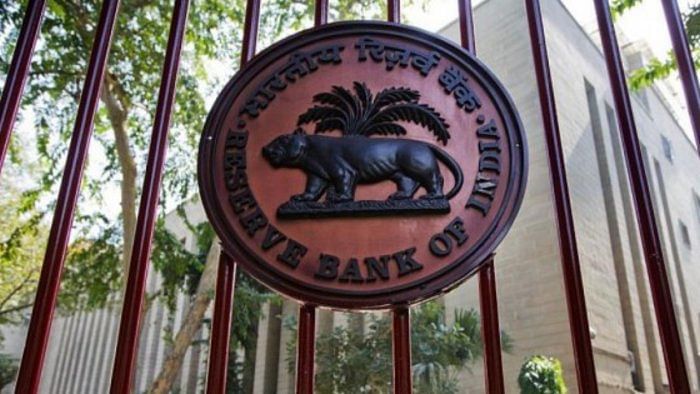
The creation of a machinery to tackle the banks’ bad loan problem is a step forward, and it has been awaited a long time. The government has announced that it would extend a guarantee of Rs 30,600 crore to the National Asset Reconstruction Company Ltd (NARCL), which will acquire Rs 2 lakh crore worth of bad loans from banks. The NARCL, called the ‘bad bank’, will engage another company, India Debt Resolution Company Ltd (IDRCL), to manage the assets acquired by it and to dispose of them within a period of five years. State-owned banks have 51% stake in the NARCL, and it will start functioning as soon as it gets the Reserve Bank of India’s nod. Lenders have completed the process of identifying ‘toxic assets’ that can be transferred to the NARCL. The company has also undertaken their valuation. The process envisaged now seeks to solve the problem faced by both banks and the companies which have borrowed money from them.
The process of resolution will start with the NARCL paying 15% cash upfront for these assets and issuing securitisation receipts for the remaining 85% of their value. The upfront payment will give some cash to the banks where unpaid loans existed. The banks can also sell the security receipts. But a market for them has to emerge. Though there is a government guarantee for the receipts, it is difficult to foresee whether there will be great demand for them. It will not also be easy to settle the value of the loans when the NARCL buys them from the banks. IDRCL will have to do a lot of professional management of the assets before it sells them off. High levels of skills and incentives are also needed for this. The whole process will have to be undertaken efficiently and with the least delays so that the assets’ value is not lost.
The process is long and tedious and has many pitfalls. But it has to be tried because there are few better options to keep the banks from sinking under the weight of their dead loans. That is why the best efforts have to be made to make the initiative a success. The first stage will only remove the bad loans from the banks’ balance sheets. Only when they are sold can the plan be claimed to have achieved success. It should also be noted that the present plan covers only Rs 2 lakh crore, accounting for only a small fraction of the total stressed assets. It should also be noted that resolution of the existing NPA problem will not help if fresh bad debt is created. So, banking reforms should receive more serious attention.